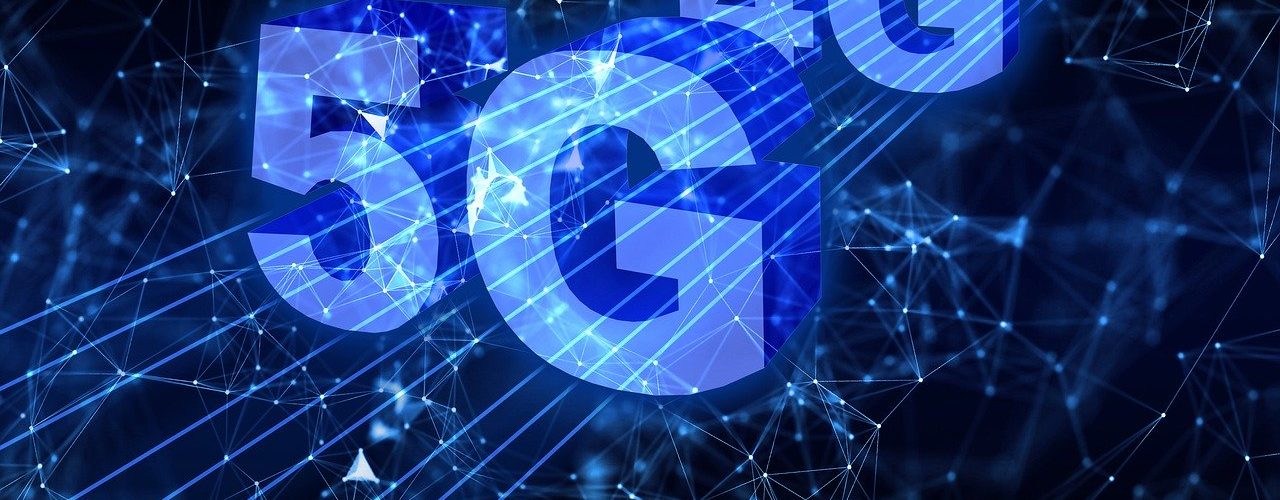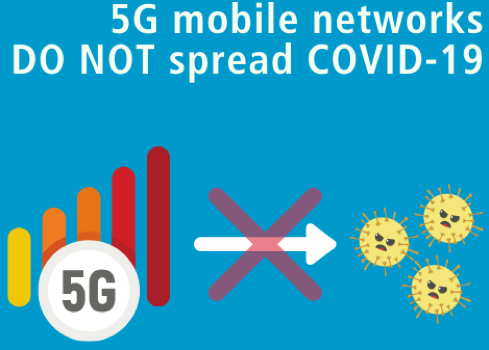5G panic: justified fear or fallacy?

The fifth generation (5G) of wireless communication is not a switch to be flipped. It is not introducing scary new technology, nor is it drastically different from the 4G most phones currently operate on. It is a complex, iterative process, building on the existing network1.
What is changing?
An expanded frequency spectrum (the number of wire-like paths we send data over) accommodates more users at once, and faster downloading enables hyper-fast data transmission. Lower latency (time delay between sending and receiving signals) can save lives. Imagine you are in a self-driving car, would you prefer vital information about nearby cars reaches you in 0.1 or 0.01 seconds2? As more devices (smart homes, smart watches, etc.) require internet communication, increased bandwidth must be supplied to meet this demand3. Each generation of wireless communication is allocated new frequency bands over which users communicate, and 5G is no different.
5G introduces mmWave (millimetre wave – a very small wavelength) which reaches higher frequencies, enabling speedier short distance communication4. Some people fear that certain high frequencies are linked to development of cancer. However, many experts argue that higher frequency radio waves are actually safer than lower ones5. Extended, direct exposure to powerful, ionising radiation (short wavelength, high frequency waves) can have biological effects. However, there are far more potent radiation sources – for example, the big ball of heat in the centre of our galaxy5,6.
Could 5G actually harm our health?
The frequency and power of exposure is key – Radio Frequency (RF) radiation’s links to cancer are tenuous and denied by most authorities. The FDA and National Toxicology Program deem that no relationship exists between the two7. The IARC (International Agency for Research on Cancer) ranks red meat and working night shifts as higher risks8. If RF communication had ever been linked effectively to developing cancer, we would have observed an increase in cancer patients as the prevalence of phones increased. However, no such correlation exists9,10.
Viral fears
A more outlandish fear is that the densification of the existing communications network with new radio towers is contributing to the COVID-19 pandemic11. The only parallel is that COVID-19 is also a minor variation on something which has been understood for many years – like phone networks12. Radiation has never been directly linked to spreading viruses – it simply isn’t how viruses replicate or travel11.

5G’s mmWave is non-ionising and unlikely to penetrate the skin or weaken the immune system13. While phone usage accounts for relatively low exposure levels, some research suggests high exposure of mmWave may have biological impacts. Further studies are required to effectively understand any exposure based risks14,15. There is evidence of ionising radiation(e.g. X-Rays waves) causing harm to cells, including viral cells, but never of transporting viruses16.
Fear and uncertainty can make us susceptible to believing things we otherwise wouldn’t17,18,19. As we move forward technologically and learn more about this novel variant, we must trust experts and examine facts before we succumb to fear.
Edited by Frankie Macpherson
References
- https://www.3gpp.org/release-16
- https://www.qualcomm.com/news/onq/2019/05/13/how-5g-low-latency-improves-your-mobile-experiences
- https://www.statista.com/statistics/471264/iot-number-of-connected-devices-worldwide/
- https://ethw.org/Milestones:First_Millimeter-wave_Communication_Experiments_by_J.C._Bose,_1894-96
- https://www.ncbi.nlm.nih.gov/books/NBK208983/
- https://www.theglobeandmail.com/life/health-and-fitness/the-big-cancer-risk-is-the-sun-not-the-cellphone/article4251734
- https://www.cancer.org/cancer/cancer-causes/radiation-exposure/radiofrequency-radiation.html
- https://monographs.iarc.fr/list-of-classifications
- https://www.statista.com/statistics/289167/mobile-phone-penetration-in-the-uk/
- https://pubmed.ncbi.nlm.nih.gov/27727232
- https://www.who.int/emergencies/diseases/novel-coronavirus-2019/advice-for-public/myth-busters#5g
- https://www.nature.com/articles/s41579-018-0118-9
- https://www.cdc.gov/nceh/radiation/nonionizing_radiation.html
- https://www.ncbi.nlm.nih.gov/pmc/articles/PMC4629874/
- https://www.ncbi.nlm.nih.gov/pmc/articles/PMC6765906/
- https://www.sciencedirect.com/science/article/pii/S006535270860531X?via%3Dihub
- https://www.bbc.com/future/article/20190905-how-our-brains-get-overloaded-by-the-21st-century
- https://www.ncbi.nlm.nih.gov/pmc/articles/PMC6861361/
- https://www.frontiersin.org/articles/10.3389/fpsyg.2019.00205/full










